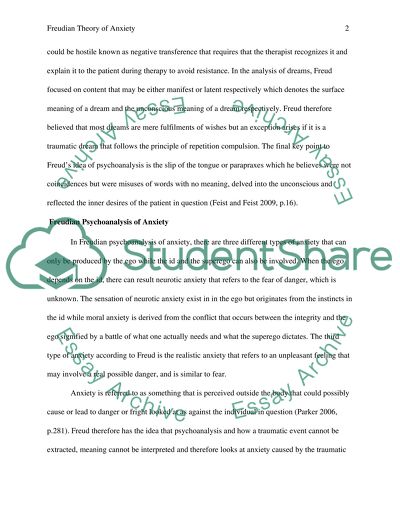Cite this document
(“Freudian Theory of Anxiety Essay Example | Topics and Well Written Essays - 3500 words”, n.d.)
Freudian Theory of Anxiety Essay Example | Topics and Well Written Essays - 3500 words. Retrieved from https://studentshare.org/psychology/1492224-freudian-theory-of-anxiety
Freudian Theory of Anxiety Essay Example | Topics and Well Written Essays - 3500 words. Retrieved from https://studentshare.org/psychology/1492224-freudian-theory-of-anxiety
(Freudian Theory of Anxiety Essay Example | Topics and Well Written Essays - 3500 Words)
Freudian Theory of Anxiety Essay Example | Topics and Well Written Essays - 3500 Words. https://studentshare.org/psychology/1492224-freudian-theory-of-anxiety.
Freudian Theory of Anxiety Essay Example | Topics and Well Written Essays - 3500 Words. https://studentshare.org/psychology/1492224-freudian-theory-of-anxiety.
“Freudian Theory of Anxiety Essay Example | Topics and Well Written Essays - 3500 Words”, n.d. https://studentshare.org/psychology/1492224-freudian-theory-of-anxiety.


